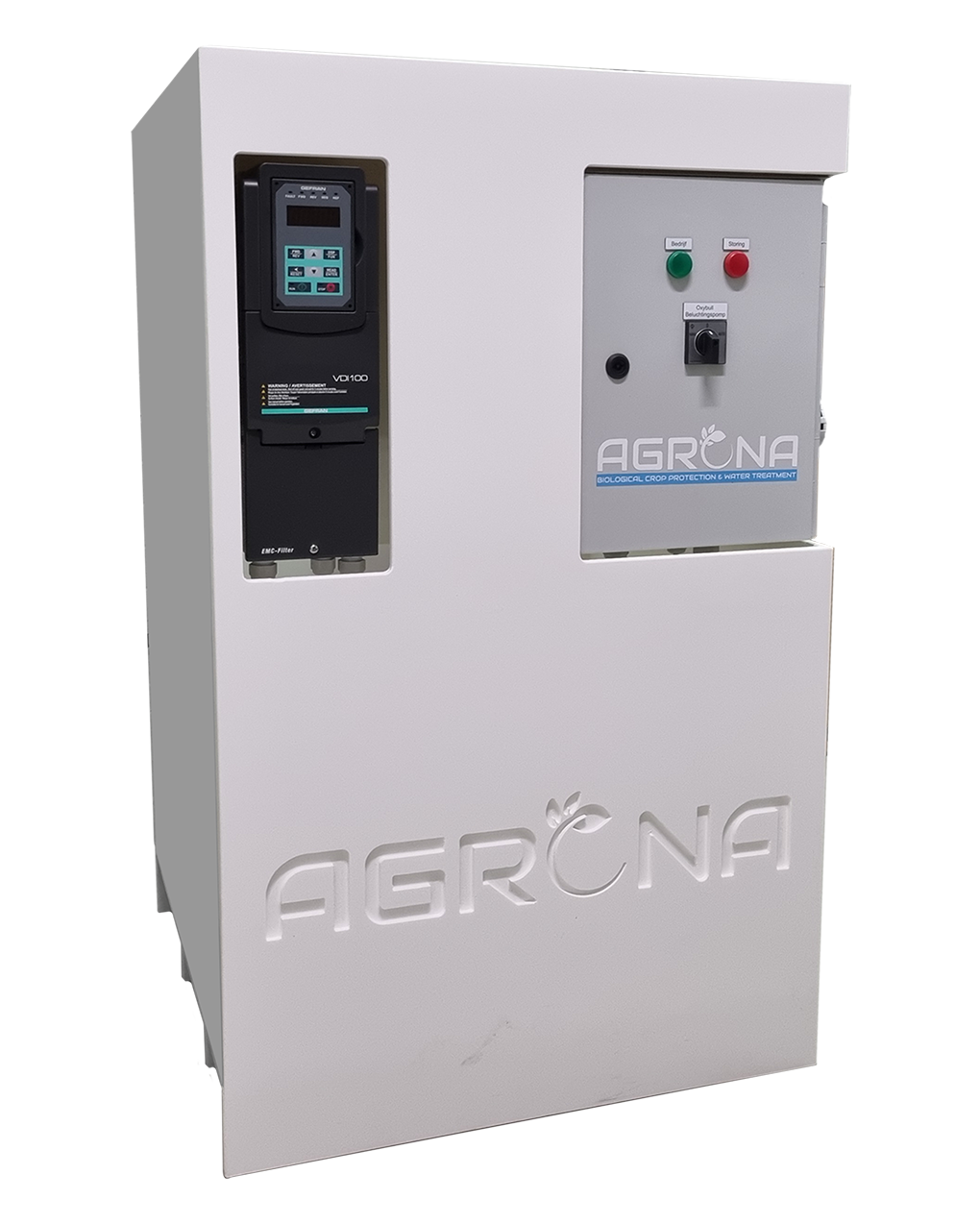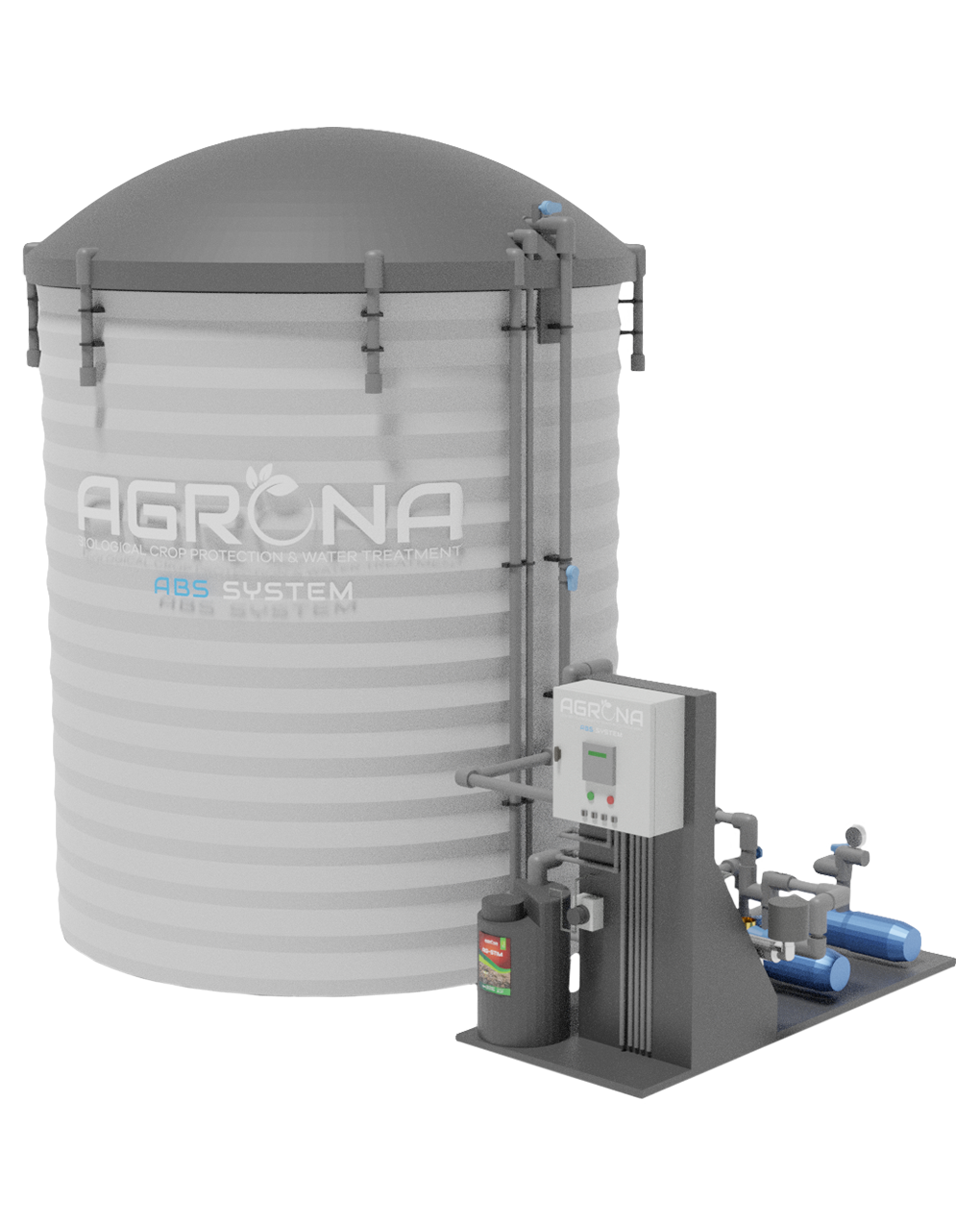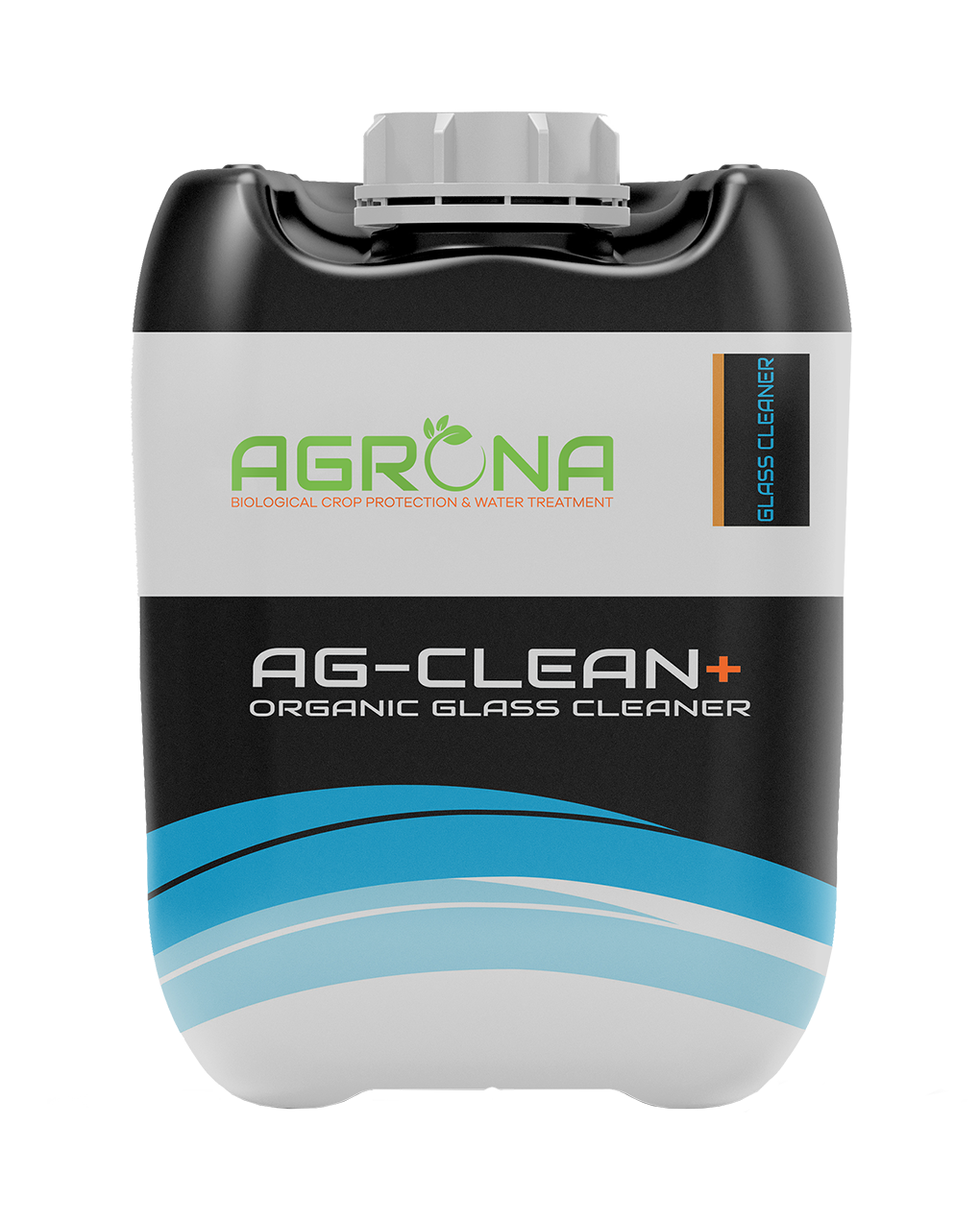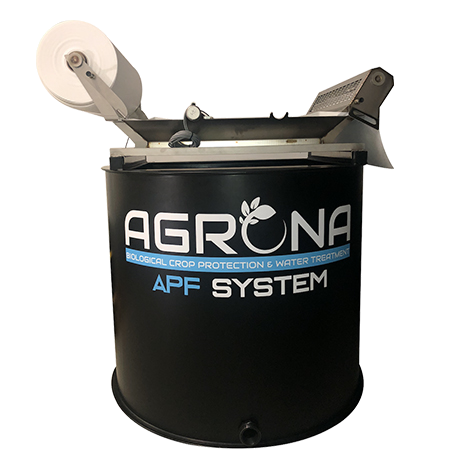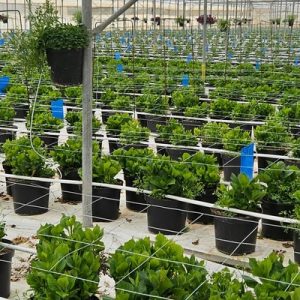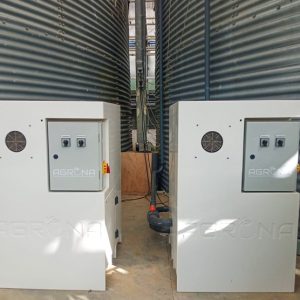Mineral uptake
The main majority of horticultural crops are on substrate. With that you can steer the fertilzer very well. Strangely enough, however, we do not make optimal use of this in horticulture. We systematically give an oversupply of water and fertilizers. Nobody knows exactly what the effect is. There are indications. Nitrogen, for example, mainly stimulates leaf and stem formation. A smaller supply would be good for flower formation and setting. But managing this requires that you can measure precisely the needs of the plant and the levels in the nutrient solution from day to day. And much more insight than we have now. Methods are gradually being developed to adjust the mineral supply more to the needs of the plant.
Mineral uptake
The main majority of horticultural crops are on substrate. With that you can steer the fertilzer very well. Strangely enough, however, we do not make optimal use of this in horticulture. We systematically give an oversupply of water and fertilizers. Nobody knows exactly what the effect is. There are indications. Nitrogen, for example, mainly stimulates leaf and stem formation. A smaller supply would be good for flower formation and setting. But managing this requires that you can measure precisely the needs of the plant and the levels in the nutrient solution from day to day. And much more insight than we have now. Methods are gradually being developed to adjust the mineral supply more to the needs of the plant.
Passive and active absorption of minerals
Basis Water absorption and nutrient absorption (in other words: elements, minerals, nutrients) are strongly linked. If the roots absorb a lot of water, a large amount of minerals will generally also come along. The white root tips are especially important for absorption. The plant normally has two ways of getting minerals through the roots. Passive with the absorbed water and active via a pump mechanism. The last one costs energy and depends on the temperature. A lower temperature means slower absorption. Some minerals, such as calcium, are absorbed almost only passively. This means that calcium problems can quickly develop with a poor water supply. In addition, calcium, unlike other minerals, is only absorbed by the root tip and a little above it. So that requires young healthy roots.
Competition in mineral absorption
The minerals are dissolved in the nutrient solution or soil moisture. These are ions. They can be negatively or positively charged. For example, potassium is as K + in the solution. nitrate nitrogen is like NO3 - in solution. There is a charge difference across the cell membrane. This causes positive ions to be drawn in, as it were. Negative ions are more difficult to absorb. They must be transported inwards against the difference in charge. This is done with the help of transport proteins. This takes more energy than the absorption of positive ions. In addition, there is another obstacle to the smooth absorption of minerals. They compete with each other for the recording. That is why, for example, the ratio between calcium, potassium, magnesium and ammonium in the nutrient solution or the soil is important and AG STIM ensures a balanced soil life and stable absorption. AG STIM also ensures that organic pollution is converted into in-organic pollution so that drip lines remain clean. As a result, oxygen reaches the roots in a high concentration. For optimal plant vitality, the AG STIM is necessary for every grower. Combining traditional fertilizers with AG STIM BIOSTIMULANT is the best combination for healthy plant.






